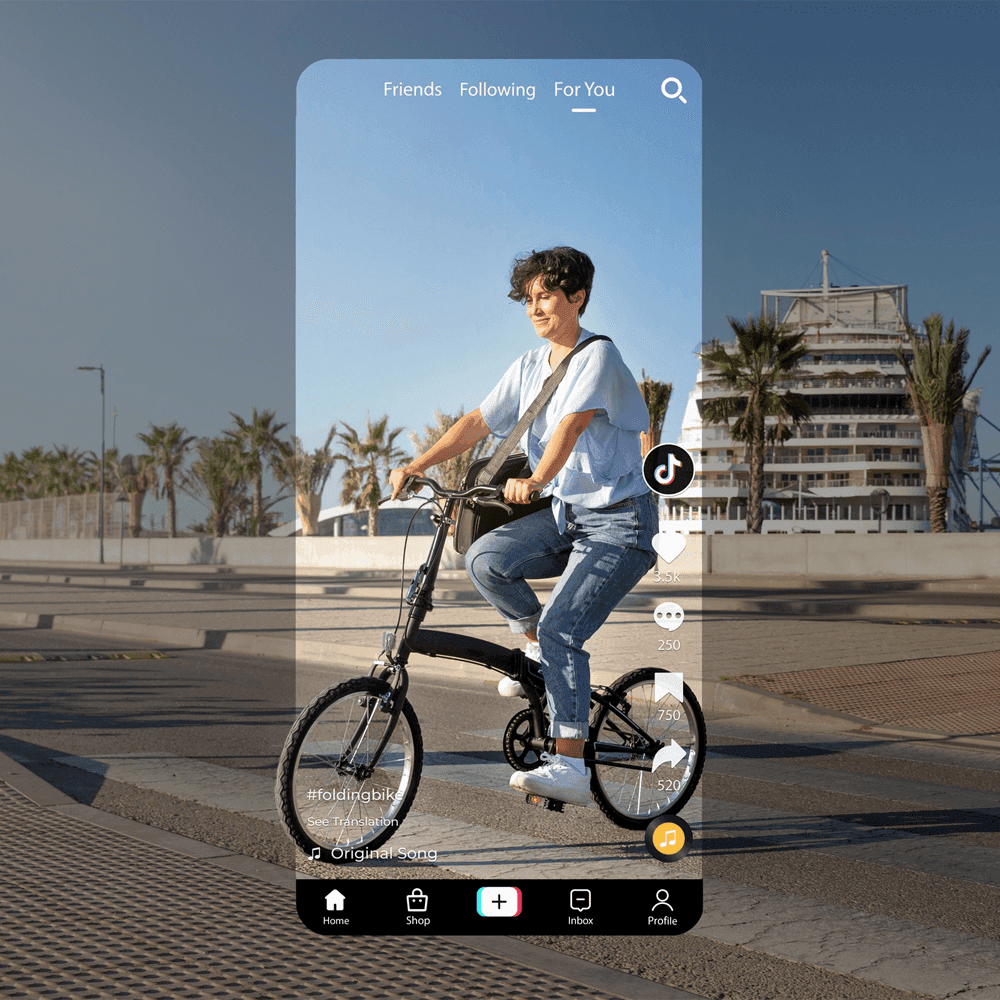In today’s fast-paced digital world, industries worldwide are continuously seeking innovative ways to communicate their products, services, and processes effectively. One of the most powerful tools that industrial companies are using for this purpose is 3D animation. These videos are not only visually engaging but also simplify complex concepts, making them easier to understand for both technical and non-technical audiences. This blog will explore how industrial companies can leverage 3D animated videos, understand the importance of high-quality animation, and delve into examples of successful applications of 3D animation in the industrial sector.
What is Industrial 3D Animation or Industrial Video Production?
Industrial 3D animation refers to the use of three-dimensional (3D) computer-generated imagery (CGI) to represent industrial products, processes, or systems. It involves creating realistic 3D models of products, machines, components, and environments, which can then be animated to showcase their features, interactions, or functions. This type of animation is often used in industrial video production, which is the broader process of creating video content aimed at promoting or explaining industrial products and services.
Industrial video production typically covers a range of video formats, from product demonstration videos to corporate promotional materials, and includes both 2D and 3D animations. However, 3D animation adds a unique value to industrial videos by providing dynamic, interactive, and visually compelling content that traditional filming methods cannot replicate. Through 3D animation, complex systems and machinery can be shown in a way that is clear, informative, and engaging.
The use of 3D animation in industrial video production enables companies to explain intricate designs and systems in ways that are more understandable to their audiences. Whether it’s demonstrating a complex manufacturing process, showcasing the inner workings of a machine, or simulating potential real-world scenarios, 3D animation serves as a powerful tool to convey technical information effectively.
Types of Industrial 3D Animation Videos
There are several types of 3D animation videos that industrial companies use to communicate their messages to different audiences. Here are some of the most common types of industrial 3D animation videos:
- Product Demonstration Videos
Industrial companies often use 3D animated videos to demonstrate how their products work. These videos help audiences understand the product’s features, functionality, and benefits in a way that static images or written descriptions cannot achieve. Through 3D animation, viewers can see how the product operates in various scenarios, allowing them to appreciate its design and engineering without having to physically interact with the product.
- Process Simulation Videos
Many industrial processes, such as those in manufacturing, energy production, or chemical processing, are intricate and difficult to visualize. 3D animation allows companies to simulate these processes in a simplified, step-by-step format. This type of video is particularly useful for explaining complex workflows, such as assembly lines, production cycles, or operational procedures, making it easier for audiences to understand the logistics and mechanics of a particular process.
- Safety Training Videos
In industries where safety is a critical concern, 3D animation can be used to create realistic simulations of dangerous scenarios, demonstrating the proper safety protocols to follow. These training videos are invaluable for ensuring that employees understand how to react in emergencies, such as chemical spills, machinery malfunctions, or fire hazards. By using animation, industrial companies can create risk-free environments to train employees, reducing the likelihood of accidents and improving overall safety.
- Architectural and Infrastructure Visualization
For companies involved in construction, engineering, and infrastructure development, 3D animation is an effective tool for architectural visualization. These videos allow clients, stakeholders, and employees to explore the design and layout of a building or infrastructure project before it is constructed. This not only helps visualize the final result but also allows for modifications and adjustments to be made early in the design process.
- Maintenance and Instructional Videos
When it comes to maintaining or repairing industrial equipment, 3D animated videos can provide a clear and easy-to-follow guide. These videos often feature step-by-step instructions that show technicians how to perform routine maintenance or troubleshoot problems with machinery. By visualizing the process, these instructional videos help reduce errors and improve efficiency during maintenance procedures.
Why 3D Animation Works in Industrial Settings
3D animation offers numerous advantages for industrial companies, particularly when it comes to explaining complex systems or showcasing technical products. Below are some of the key reasons why 3D animation works so well in industrial settings:
- Simplification of Complex Concepts
Industrial products and processes can often be highly complex and difficult to understand. 3D animation provides a simplified way of presenting these concepts by breaking them down into smaller, more digestible parts. Whether it’s showing the inner workings of a machine or illustrating a multi-step process, 3D animation makes it easier for audiences to understand technical details that might otherwise be confusing.
- Engagement and Interactivity
Compared to traditional 2D videos or static images, 3D animations are inherently more engaging. They offer dynamic, visually stimulating content that captures the viewer’s attention. Many 3D animated videos are interactive, allowing viewers to rotate, zoom in, and explore the model from different angles. This interactive experience can help viewers gain a deeper understanding of the subject matter and make the video more memorable.
- Cost-Effective Visualization
For industries that rely on prototypes or physical models, 3D animation provides a cost-effective alternative. Creating physical prototypes or models can be expensive, time-consuming, and impractical, especially for large or intricate products. With 3D animation, companies can visualize products and processes in great detail before they invest in actual production. This can save both time and money by identifying potential design flaws or issues early in the development process.
- Improved Communication
3D animation is a universal language that can bridge communication gaps. When explaining industrial processes, particularly to non-experts or international clients, 3D animations can help ensure that everyone understands the message. By using visuals instead of text-heavy explanations, companies can communicate more effectively, making it easier for their audiences to grasp even the most technical details.
- Brand Differentiation
High-quality 3D animation can elevate a company’s brand by showcasing its technical expertise and innovation. By investing in professional animations, industrial companies can set themselves apart from competitors who may be using more traditional or less engaging forms of communication. This not only boosts the company’s image but also enhances its reputation for being at the forefront of technological advancements.
The Importance of High-Quality 3D Animation
For industrial companies, the quality of the 3D animation is just as important as the content itself. High-quality animation ensures that the final video is clear, accurate, and engaging. Below are some key reasons why high-quality animation is critical in industrial settings:
- Clarity
A poorly executed 3D animation can confuse the viewer or obscure important details. High-quality animations, on the other hand, present a clear, realistic representation of products or processes. This helps ensure that the viewer understands the concept being conveyed, whether it’s the inner workings of machinery or a complicated manufacturing process.
- Professionalism
The quality of the animation reflects the professionalism of the company. High-quality animations convey a sense of expertise and attention to detail, which can significantly enhance the company’s image. In contrast, low-quality animations may create the impression of carelessness or lack of competence, undermining the message being communicated.
- Brand Consistency
Custom 3D animations can be tailored to reflect the company’s branding, ensuring consistency across all marketing materials. The colours, design elements, and visual style of the animation should align with the company’s brand identity, helping to reinforce the brand’s image and message.
Examples of 3D Industrial Animation Videos
Many industrial companies are already successfully using 3D animation to improve their communication strategies. Here are some notable examples of 3D industrial animation videos:
- Caterpillar Inc.
Caterpillar, a global leader in construction and mining equipment, uses 3D animation to demonstrate the features and operations of its heavy machinery. These videos allow potential customers to understand how the machines work, what makes them unique, and how they can benefit from using them.
- General Electric (GE)
GE, a multinational conglomerate, has used 3D animation to showcase the technology behind its products, particularly in the fields of energy and healthcare. By simulating complex processes, such as how a gas turbine operates or how renewable energy systems function, GE can convey technical information in an easily digestible format.
- Siemens
Siemens uses 3D animation to illustrate its innovative solutions in areas such as automation, power generation, and industrial software. These videos provide a clear and comprehensive overview of Siemens’ products and systems, helping potential clients understand how they work and what advantages they offer.
- BASF
BASF, a leading chemical company, uses 3D animation to demonstrate the chemical processes involved in its products. These videos help to visualize the science behind the company’s offerings and communicate complex chemical processes in an engaging and informative way.
Quick Conclusion
3D animated videos are a powerful tool for industrial companies to communicate their products, services, and processes in a clear, engaging, and cost-effective manner. Whether used for product demonstrations, process simulations, or safety training, 3D animation provides numerous benefits, including simplification of complex concepts, enhanced communication, and greater audience engagement. By investing in high-quality 3D animation, industrial companies can improve their marketing strategies, enhance internal training, and ultimately drive better business outcomes.
How is Animation Used in the Industry?
Animation is used in the industry for various purposes, including explaining complex processes, showcasing product functionality, and providing training. It helps convey technical information engagingly and understandably, making it a valuable tool in industrial marketing, safety, and operations.
What is the Industry Standard for 3D Animation?
The industry standard for 3D animation typically includes the use of advanced software tools such as Autodesk Maya, Blender, 3ds Max, and Cinema 4D. These tools enable professionals to create high-quality, realistic animations that meet the needs of industrial clients.
What Do Professionals Use for 3D Animation?
Professionals use a variety of software tools to create 3D animations, including Autodesk Maya, Blender, 3ds Max, Houdini, and Cinema 4D. These programs allow animators to build detailed models, animate them, and render realistic visualizations for industrial applications.
Is the 3D Animation Industry Growing?
Yes, the 3D animation industry is growing rapidly. With advancements in technology and increasing demand across various sectors, including industrial, entertainment, and healthcare, the 3D animation industry is experiencing significant expansion. This growth is driven by the need for more interactive and visually appealing content, which is crucial for both marketing and educational purposes.


